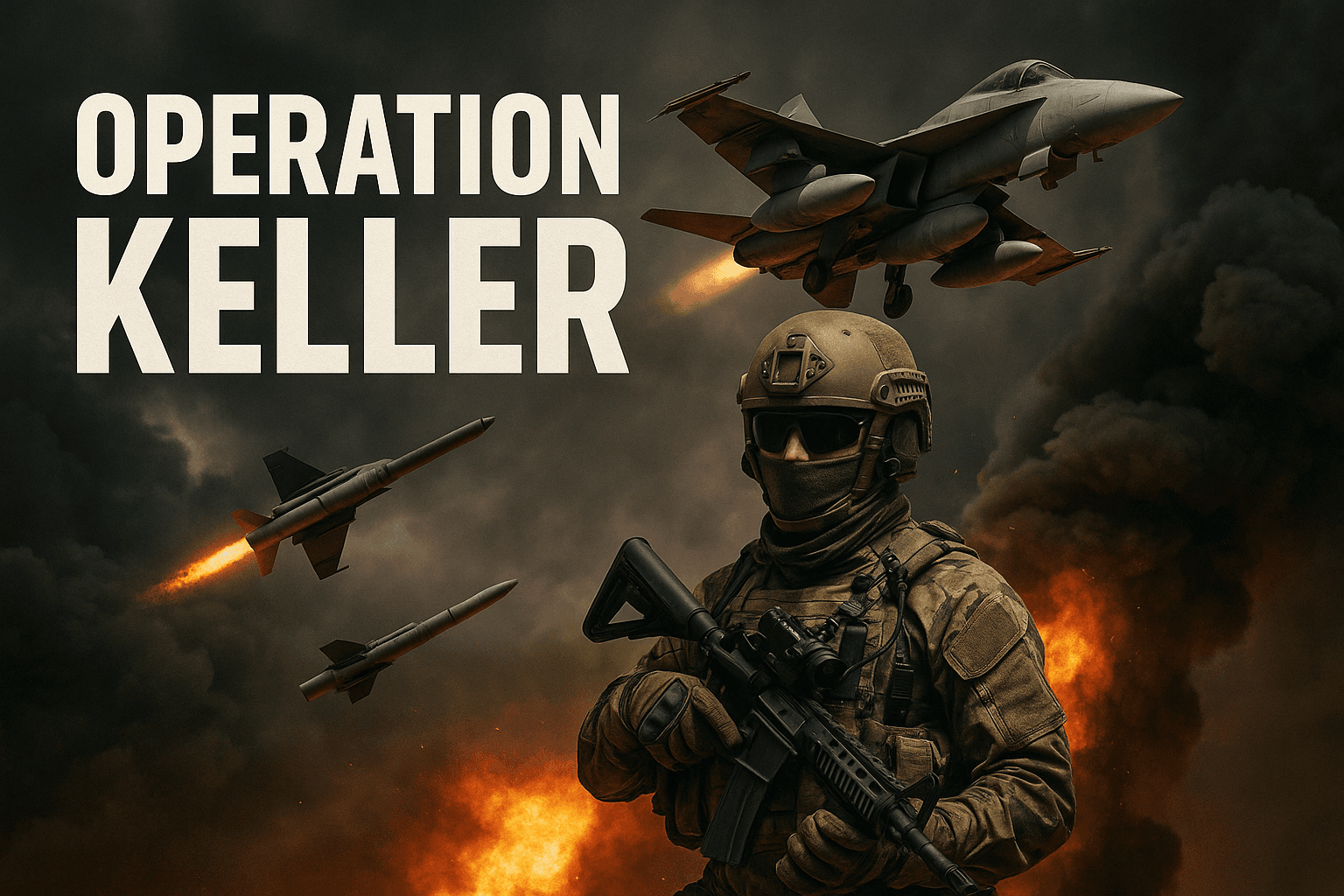India’s military modernization emphasizes precision, indigenous systems, and integrated warfare. Below is an overview of key arms and ammunition likely deployed in a limited conflict scenario, such as preemptive strikes or border skirmishes.
1. Surface-to-Surface Missiles
- BrahMos Cruise Missile
- Supersonic precision-strike missile with a range of ~450-600 km (extended variants).
- Capable of targeting high-value assets like command posts or logistics hubs.
- Likely used for surgical strikes in border regions, similar to past operations.
- Pralay Missile (Tactical Ballistic)
- Short-range ballistic missile (~150-500 km), designed for rapid strikes on radar sites or enemy fortifications.
- Status: Under development by DRDO as of 2023, with induction expected by 2025.
- Offers flexibility for tactical battlefield scenarios.
2. Surface-to-Air Defense Systems
- S-400 Triumf (Russian-made)
- Long-range air defense system to counter aircraft, drones, and ballistic missiles.
- Deployed in strategic areas like Punjab and western India for layered defense.
- Akash SAM System (Indigenous)
- Short-to-medium-range surface-to-air missile system for low-altitude threats.
- Widely deployed to protect forward bases and critical infrastructure.
3. Artillery
- K9 Vajra-T (Self-Propelled Howitzer)
- 155mm howitzer with high mobility and shoot-and-scoot capability.
- Used for precise shelling across the LoC to neutralize enemy positions.
- M777 Ultra-Light Howitzer (US-made)
- 155mm lightweight artillery, airlifted to mountainous terrains for rapid fire support.
- Pinaka Multi-Barrel Rocket Launcher (MBRL)
- Indigenous system delivering heavy salvos to suppress enemy positions.
- Variants like Pinaka Mk-II extend range beyond 60 km.
4. Drones and UAVs
- Heron Mk2 (Israeli)
- High-altitude UAV for real-time surveillance and strike coordination.
- Critical for monitoring border movements and guiding precision strikes.
- Indigenous Loitering Munitions
- DRDO-developed kamikaze drones for tactical strikes on bunkers or convoys.
- Note: Foreign systems like SWITCH or Warmate (Polish) may supplement, but India prioritizes indigenous designs.
- Rustom-II (Indigenous)
- Medium-altitude, long-endurance (MALE) UAV for ISR (Intelligence, Surveillance, Reconnaissance).
- Status: Under development, with operational deployment expected by 2025.
5. Aircraft and Air-to-Ground Systems
- Rafale Jets (France)
- Multi-role fighters equipped with SCALP missiles and HAMMER bombs for deep strikes.
- Proven in precision operations, like the 2019 Balakot strike.
- Su-30 MKI, Mirage-2000, LCA Tejas
- Su-30 MKI and Mirage-2000 handle air superiority and bombing missions.
- LCA Tejas (indigenous) supports tactical strikes and border patrols.
- Spice-2000 Bombs (Israeli)
- Precision-guided munitions for bunker-busting and infrastructure targets.
6. Infantry and Special Forces Weapons
- SIG Sauer 716 Assault Rifles
- 7.62mm rifles replacing INSAS in front-line units for enhanced firepower.
- Negev Light Machine Guns (Israeli)
- High-rate-of-fire LMGs deployed in LoC defense posts.
- Tactical Systems
- Indigenous systems like DRDO’s smart rifles or specialized optics may be used by Para SF and NSG in urban or anti-terror operations.
- Note: Systems like CornerShot are less documented but plausible for special forces.
7. Armored and Mechanized Units
- T-90S Bhishma Tanks
- Main battle tanks deployed in plains and semi-mountainous regions near the LoC.
- Equipped for rapid response to enemy armor or fortifications.
- BMP-2 Infantry Fighting Vehicles
- Provide mobility and fire support for infantry in border operations.
8. Cyber and Electronic Warfare
- Electronic Warfare Suites (Indigenous)
- DRDO’s systems like Samyukta disrupt enemy communications and radar.
- Used to jam adversary signals or protect Indian assets.
- Cyber Operations
- Likely deployed to counter enemy propaganda, disrupt command networks, or secure Indian systems.
- Coordinated by agencies like NTRO and Defence Cyber Agency.
9. Naval Support (Standby)
- INS Vikrant Carrier Battle Group
- Indigenous aircraft carrier stationed along the western seaboard to deter maritime escalation.
- BrahMos-armed Warships & Submarines
- Destroyers and submarines equipped with BrahMos for sea-based strike capabilities.
- Ready for rapid response if the conflict extends to maritime domains.
Strategic Insights
- Precision and Limited Warfare: India’s strategy focuses on high-precision, preemptive strikes to neutralize threats while avoiding full-scale escalation.
- Indigenous Push: Systems like Pralay, Pinaka, Akash, and Rustom-II highlight DRDO’s growing role in self-reliance (Atmanirbhar Bharat).
- Integrated Operations: AI-driven ISR from drones, satellites, and cyber systems enables real-time target selection and mission planning.
- Multi-Domain Readiness: While the scenario focuses on land and air, naval and cyber capabilities ensure preparedness for broader escalation.
Note: This article outlines a hypothetical conflict scenario in 2025, focusing on India’s military capabilities along the Line of Control (LoC) and Pakistan-occupied Kashmir (PoK). The details are based on publicly available information about India’s arsenal and projected operational strategies, not confirmed events.



